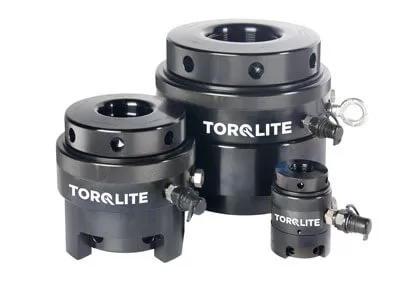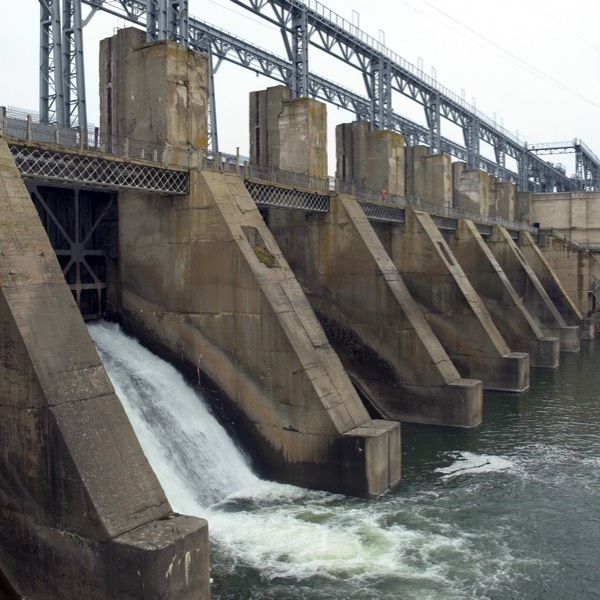
Boost Your Bolt Tightening Efficiency with TorqLite’s Hydraulic Tensioners
STANDARD HYDRAULIC TENSIONERS
Hydraulic bolt tensioners are crafted for versatile use in surface applications. Each tool includes a hydraulic cylinder, bridge, puller, and socket, with adaptable adaptor kits for various bolt sizes.
They are engineered to fit ANSI B16.5, MSS SP44, and API17D flanges, accommodating both metric and imperial bolts from ⅝” (M16) to 4” (M100).
Features
- Maximum working pressure of 1500 bar
- 15mm stroke
- Weight-saving profiling
- Quick-release bridge
- Single or twin port options
- Durable composite seals
Advantages
- Easy installation and removal
- High wear and corrosion resistance
- Nitride surface coating for exceptional durability
- Internal features for joint misalignment compensation
- Sequential tool connection for enhanced operation speed and uniform joint compression
- Available in stock
Specifications
- Designed to fit most ANSI B16.5, MSS SP-44, and API17D flanges.
- Compatible with imperial and metric bolts from ⅝” - 4” (M16 – M100).
- 1500 bar maximum working pressure.
- Each tool comprises of a hydraulic cylinder, bridge, puller, and socket.
Testing & Certification
LRQA has certified our tools for our commitment to quality and environmental standards, granting them the ISO 9001: 2015 certification. Before shipping, each tool undergoes a rigorous assembly, oil filling, and pressure testing process to ensure optimal performance.
HYDRAULIC BOLT TENSIONING
TorqLite’s innovative solutions enable simultaneous tightening and loosening of multiple bolts using high-pressure hydraulics. Our bolt tensioners achieve precise, speedy, and uniform bolt stretching, ensuring accuracy without friction.
How To Use a Hydraulic Tensioner
- Attach the tensioner to the bolt or stud.
- Use high-pressure hydraulics to axially stretch the bolt.
- The bolt stretch creates clamping force; as the bolt stretches, the nut lifts clear of the flange.
- An access window in the tensioner allows the nut to be turned down with minimal friction.
- Releasing hydraulic pressure traps the stretch in the bolt, retaining the load.
Advantages
- Direct tensioning minimizes friction.
- The applied load is precisely controlled by hydraulic pressure.
- 20% less load loss compared to frictional torque.
- Predictable residual load ensures accuracy.
- Tensioning can be repeated for consistent results.























